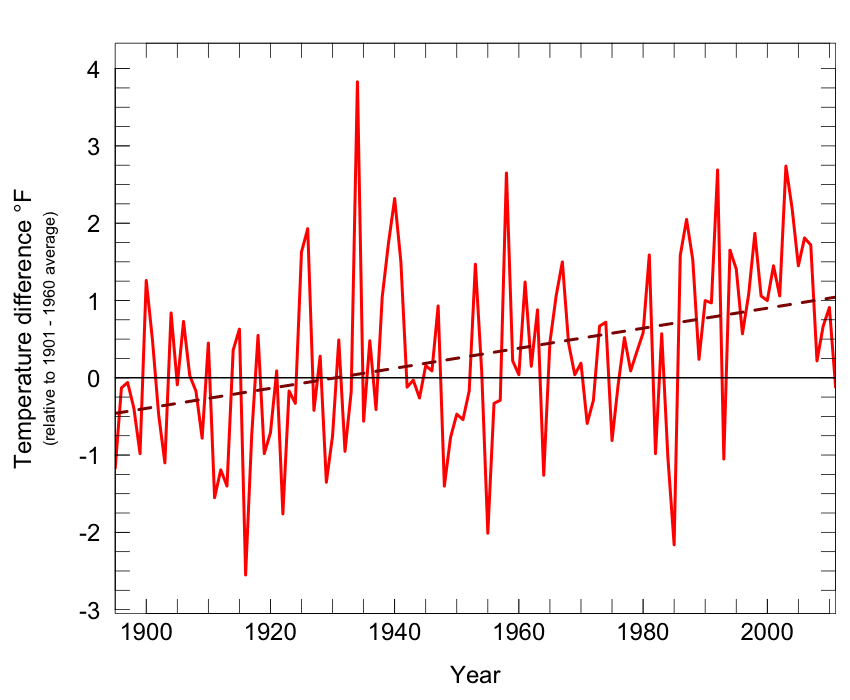By Lily Black
It is no secret that many regions, including the Pacific Northwest, have experienced an unusually warm October. The landscape around us is largely impacted by this unusual weather, and gradual shift in climate, and many of these changes can be seen in the environment around Mount St. Helens. As we are all enjoying this extended summer, with extra sunny days included, you may want to consider why these changes are occurring, what the implications are, and if it is really a positive truth in the long term.
Visible changes are becoming more and more apparent in the Mount St. Helens landscape, as changes start to occur at a more rapid pace. A frequent visitor and resident of the area, Sonja Melander, explains how she noticed a pond off the Boundary Trail that in previous years, has only existed seasonally. But this year, the pond did not dry up, assumed to likely be in direct cause to a late, extended spring on Mount St. Helens. Although this may seem like a positive effect that the landscape received more precipitation and cooler temperatures in spring, this just led to an extended summer with little to no precipitation that lasted into late fall. It is because of these changes that we begin to notice not just changes in weather¹, but a shift to more long-term changes in relation to climate². Although many ponds in the landscape are hanging around for longer due to the late spring, many shallower ponds of the Hummocks have dried up in the summer more rapidly than usual, causing waterfowl and other inhabitants to find new refuge. Lack of precipitation has caused a dryness that has caused wildfires to spread and rage on, throughout the fall season in the surrounding Gifford Pinchot National Forest, and neighboring forests. In the anticipated autumn season chanterelle mushrooms are becoming more and more difficult to forage without moisture in the ground.
It’s not a coincidence that the Earth experiences shifts in weather in relation to previous weather patterns. All change is the result of a cause. Rapid changes in climate bring change to the weather in the midst of seasons. These recent changes have brought about increases in greenhouse gasses released by humans and industries, deforestation, and other human-induced reasons. According to the Climate Impacts Group, by the College of the Environment, at the University of Washington, “The Pacific Northwest is projected to warm rapidly during the 21st century, relative to 20th-century average climate, as a result of greenhouse gasses emitted from human activities”. Deforestation in surrounding forests, but especially in tropical forests such as the Amazon, causes a decrease in trees that are able to combat some of the carbon dioxide greenhouse gasses that are released into the atmosphere. With all of these factors working together, changes in climate are becoming more prominent as we see them in the landscape around us, and at Mount St. Helens.
In the grand scheme of things, these changes are going to continue to impact local weather, biomes and wildlife, and other aspects of the environment surrounding Mount St. Helens. As Pacific Northwest residents, known for always receiving rain, not many of us have had the privilege of experiencing the iconic rainy seasons at Mount St. Helens, which are the gateway to flourishing ecosystems. Instead, we can only hope that the August-like October month, will lead to a cooler November, and in the meantime, we as individuals can do our part to stay climate-conscientious.

Figure 3. From “Observed Changes in the Climate”, by the Climate Impacts Group from the College of the Environment at the University of Washington. Data source: Kunkel et al. 2013.
¹Weather refers to short-term changes in atmospheric conditions.
²Climate refers to long-term changes in atmospheric conditions.
References:
“How is Pacific Northwest Climate Projected to Change?”. Section 5. Climate Impacts Group. University of Washington, College of the Environment.https://cig.uw.edu/wp-content/uploads/sites/2/2020/12/snoveretalsok2013sec5.pdf. Accessed 21 October 2022.